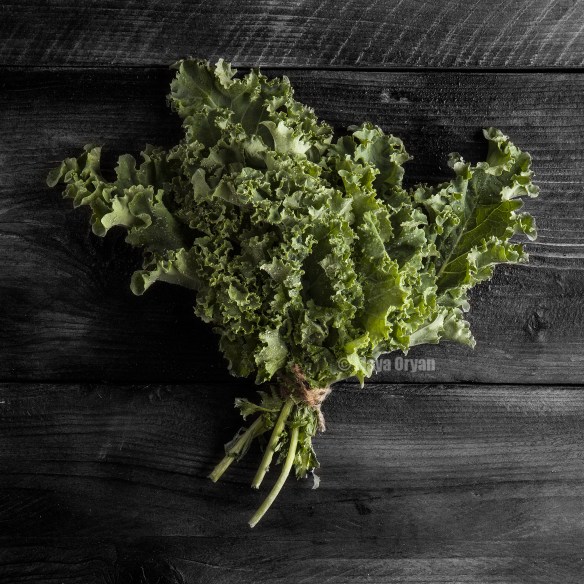10 years before I had never heard of Kale, and when I first tasted it I don’t really remember falling for it. Next I hear, it’s becoming an official trend, consumed ravenously and featured on every glamorous salad carte du jour or stylish smoothie menu.
Kale belongs to the group of wild cabbage, their leaves are edible and range in color from light green to dark green with a trace of blue or purple. It grows in a loose bouquet of leaves without forming a head in the center.
Kale are known to like dry, olive oil, or lemon juice hand massages; this quick process helps breaking up the cellulose structure, in a way to get a slightly sweeter and milder taste.
Like quinoa, because of its health value, it became wildly popular. Consuming Kale may help boost your digestive system. It contains a wide range of nutrients like calcium, vitamins A, K and C, fiber, antioxidants, and iron. It is available in different types.

- Curly-leaf Kale
This is the most common type. They tend to have a distinct peppery flavor. The leaves are so crinkly and tight. The best way to chop them is to separate the leaves from the stalk first, next lay the leaf upside down on the chopping board and using a knife cut following the stalk down along both sides. The stalks are fibrous and hard, if you prefer not to discard them, they can be used to make stews or stocks.

- Russian Red Kale
Russian red kale has dark green fringed leaves and red stems. They somehow resemble to oak leaves. The tips of the leaves are tender and sweet with a slight edge of nuttiness making it a good ingredient for raw dishes. They are juicy but not tender, the stems are thick and fibrous to consume same like Tuscan and curly kale. This gourmet variety will add lavish touch to your menu.

- Baby Tuscan Kale
Tuscan Kale is better known by Italian as “cavolo nero” translated to English as black cabbage and often used in the Tuscan soup “ribollita”. Other names include dinosaur kale because its leaves resemble to dinosaur skin! It’s different than the curly kale because of its dark green color, smooth tender texture and mild flavor. It’s actually this type of Kale that changed me from a kale-hater candidate to a living-by-it one! It doesn’t taste bitter and has a deep nutty sweetness that I relish in my salads. Above picture features baby leaves, but it comes in bigger leaves as well.



